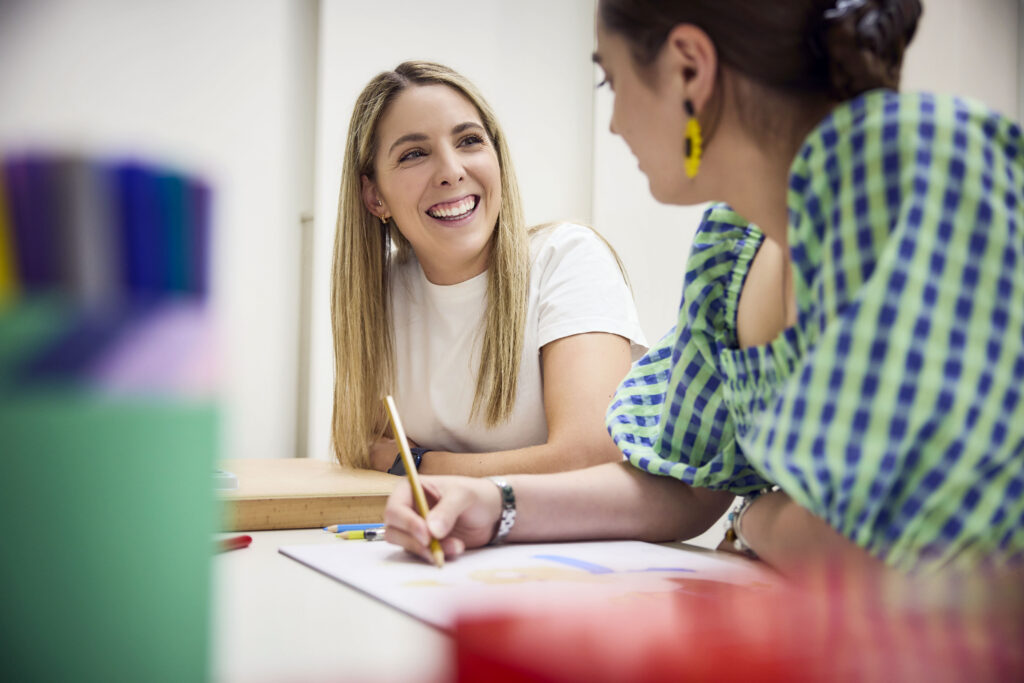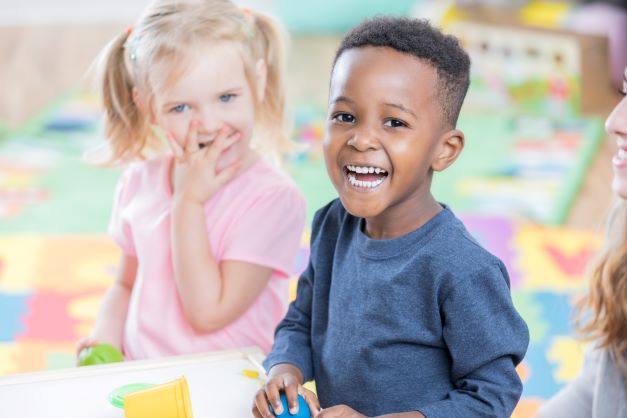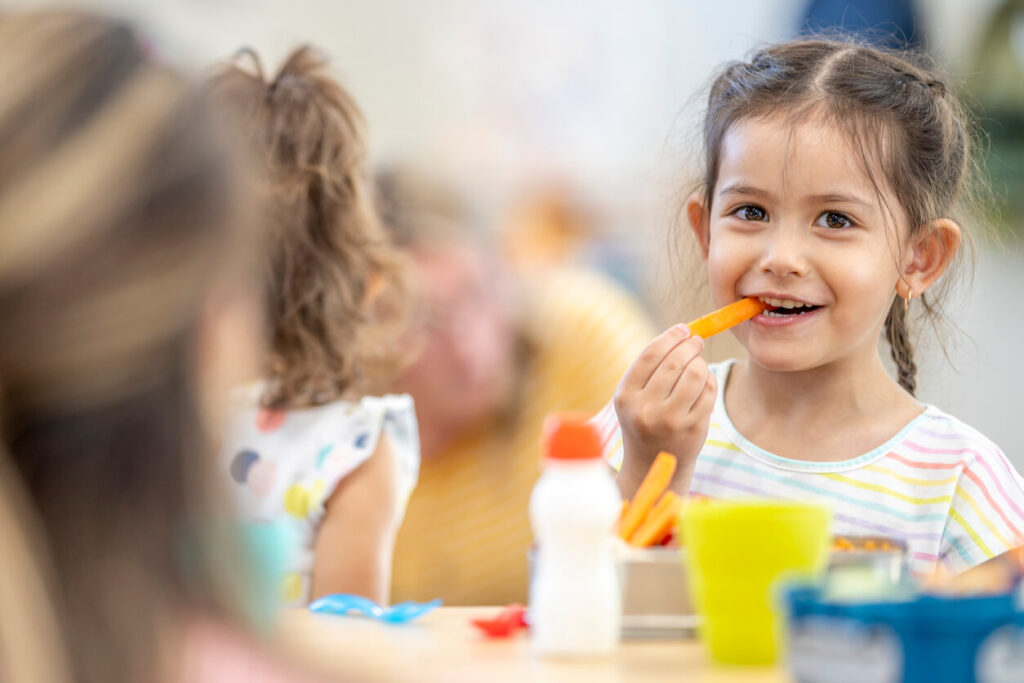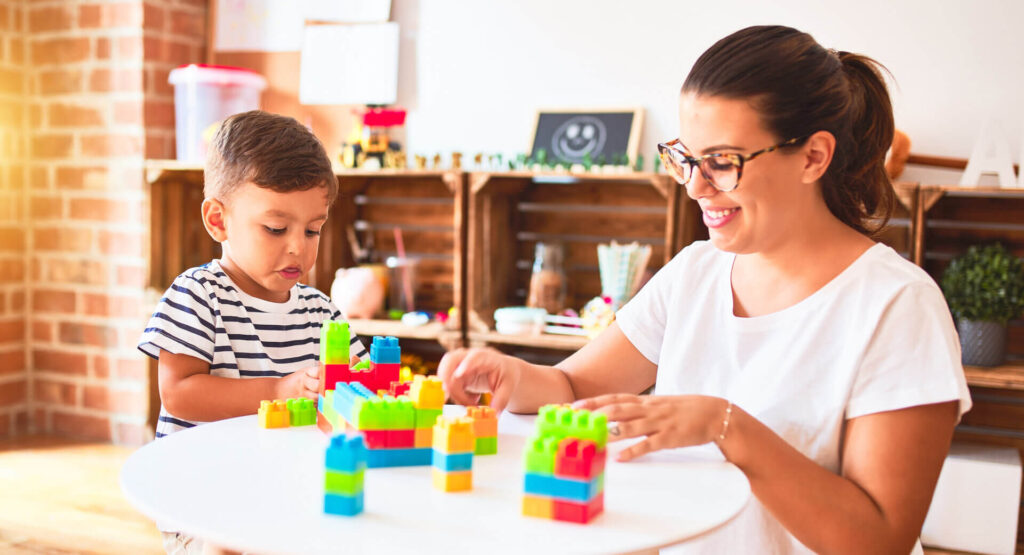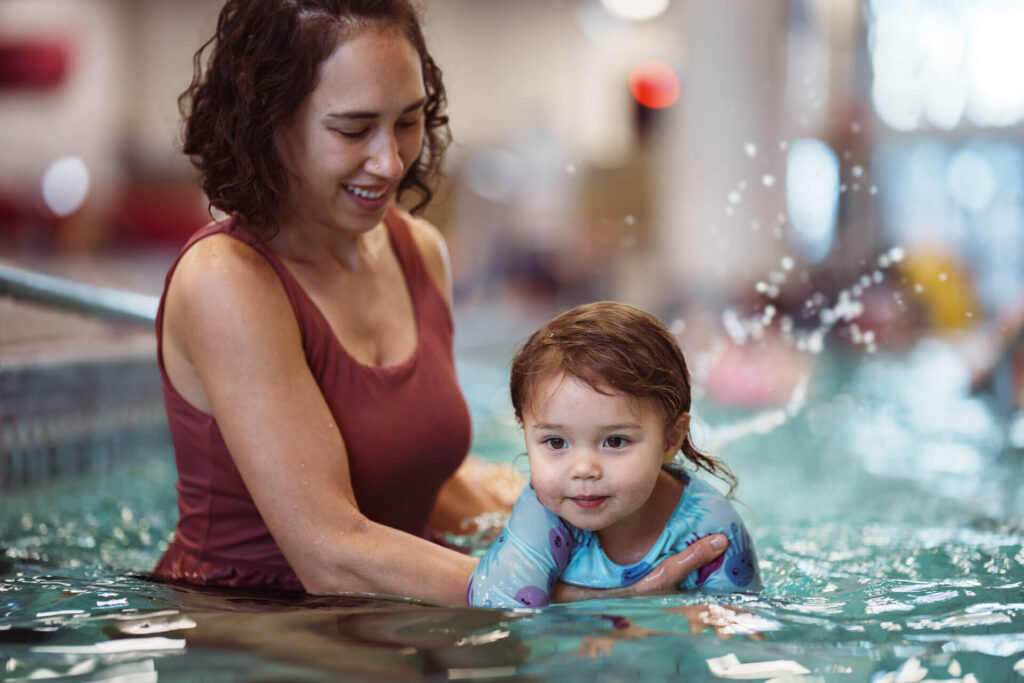How to teach active listening to your kids: tips and strategies
Active listening is a vital skill.
Not only does it work wonders for communication, but it also paves the way for empathy and understanding in our relationships.
Teaching your kids the art of active listening can make a huge impact their social and emotional development.
But how do you teach active listening to kids?
Why should kids be active listeners?
Active listening is a vital communication skill. It’s about being fully present in a conversation, soaking up every word, and responding in a way that shows you’re really tuned in.
And it’s not just about the words we say—it’s also about those little nonverbal cues like eye contact, a nod, or a smile.
When kids master the art of active listening, it’s like they’ve unlocked the door to better communication and social skills.
They’ll be able to truly ‘get’ what their friends are feeling and thinking, leading to deeper connections and fewer misunderstandings.
Plus, active listening is a fantastic way to help kids grow their empathy muscles and become more understanding.
They’ll learn to build stronger, more compassionate relationships, which will serve them well throughout their lives.
Your role in teaching active listening
Parents, caregivers, and educators: you hold the key to teaching active listening skills to children.
When you collaborate, you build a strong support system that ensures kids receive consistent and effective guidance in developing these essential skills.
Creating the perfect environment for active listening reduces distractions, allows for dedicated time for focused conversations.
Remember, kids often learn by watching the adults around them, so modelling active listening behaviours is crucial.
Make sure to showcase your good listening skills during interactions with children and other adults.
How to teach active listening techniques
Your role in teaching active listening
Teaching active listening in the early years can be both fun and effective when you tailor your approach to their age.
Start by using simple language that they can easily grasp.
For example, instead of saying, ‘Please actively listen to your friend’, you could say, ‘Let’s show our friend we’re listening by looking at them and staying quiet while they speak’.
Encouraging eye contact is a great way to help little ones stay focused during conversations.
You could turn it into a playful activity: ‘Can you look at me while I tell you a story?’, this way, you’ll keep them engaged and promote active listening at the same time.
Lastly, don’t forget to provide positive reinforcement when you see them practising good listening behaviours.
Celebrate their success with a high-five, a smile, or some kind words like, ‘Great job listening, you really showed you cared about what was being said!’
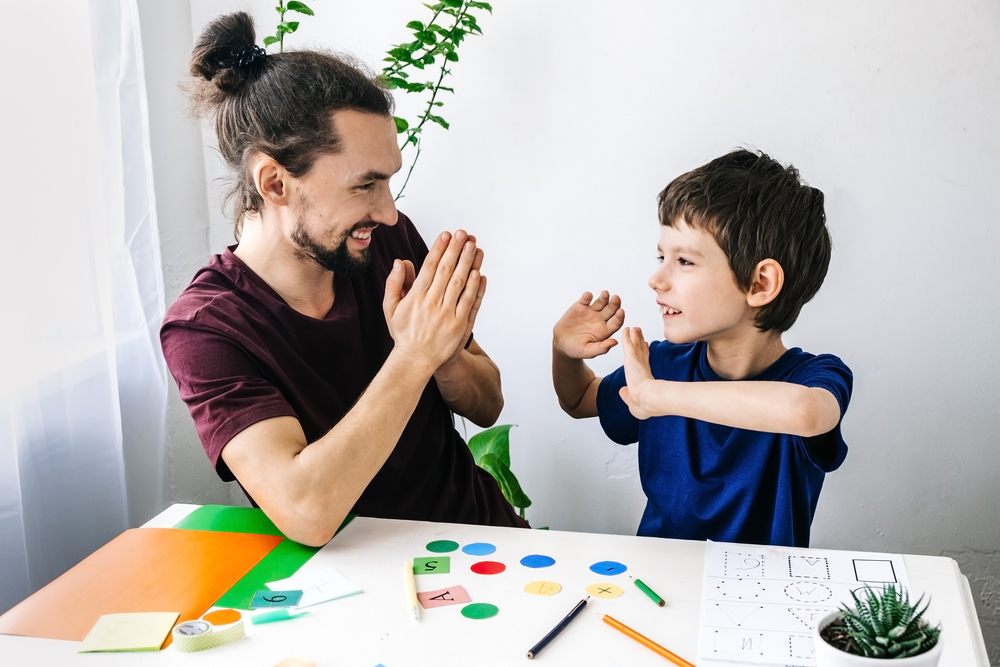
Active listening activities for primary school-aged children
Start by encouraging discussions about feelings.
Ask them how they would feel in different situations, and pay close attention as they share their thoughts.
This not only helps them understand the importance of active listening but also develops their emotional intelligence.
Practising reflective listening is another excellent strategy.
When your child shares something with you, try repeating it back to them and ask them if you understood correctly.
This shows them that you’re genuinely listening and helps them learn to do the same for others.
During story time, make listening exercises fun and interactive.
Pause at certain points in the story and ask open-ended questions like, ‘What do you think will happen next?’ or ‘How do you think the character feels right now?’
Active listening activities for kids with diverse abilities and needs
When working with children who have diverse abilities and needs, it’s crucial to make active listening strategies flexible and inclusive.
Visual, and nonverbal cues, like images or gestures, can work wonders in clarifying ideas for those who benefit from seeing things in action.
You might even turn this into a fun game, using flashcards or drawing pictures to illustrate the points being discussed.
Incorporating movement is another fantastic way to cater to different learning styles and keep kids engaged.
For example, you could have children act out parts of a story or use body language to show how they think a character feels.
This kinaesthetic approach adds an extra layer of excitement to the learning process.
And let’s not forget the importance of pacing.
By adjusting the speed of instruction to suit each child’s needs, you create a more inclusive environment where everyone can fully participate and enjoy the benefits of the activities.
Whether that means slowing down to ensure understanding or speeding up to maintain engagement, finding the right pace is key to success.
Fun activities that teach effective listening skills
- Simon says – This classic game helps young children practice their listening skills and follow instructions in an fun way.
- Telephone – In this game, kids pass along a whispered message, one at a time, highlighting the importance of careful listening and clear communication.
- Role-playing exercises – Acting out different scenarios, such as resolving conflicts or discussing feelings, allows children to practice active listening in various contexts.
- Pass the story – In this group activity, each child adds a sentence to an evolving story, promoting attentive listening and engagement in peer interactions.
- Musical statues – Children dance to music, and when it stops, they must freeze in place. This game teaches kids to listen carefully for auditory cues and stay focused.
- Listening walk – Take children on a walk and have them identify different sounds they hear along the way, encouraging them to hone their listening skills in a real-world setting.
- 20 questions – One child thinks of an object or person, and the others take turns asking yes or no questions to figure out what it is. This game promotes active listening and critical thinking.

Teaching active listening in different settings
Teaching active listening at home
Spice up daily routines and family chats by weaving active listening into the mix.
Set aside some quality time for focused discussions, reduce distractions (e.g. turn off devices, music, lighting or other things that distract your child), and practice those all-important active listening skills during story time.
This approach transforms everyday moments into golden opportunities for strengthening communication and deepening connections with your loved ones.
Teaching active listening at school
Lively classroom discussions and teamwork-based projects are fantastic tools for nurturing active listening skills in students.
As a teacher, you play a vital role by modelling those active listening behaviours and weaving opportunities for students to practice these skills in all sorts of scenarios.
This way, you’re not only teaching them valuable communication skills but also setting them up for success in their future interactions.
Teaching active listening in therapy sessions
Teaming up with early intervention providers opens the door to tailored strategies that address your child’s specific needs in learning active listening skills.
And practising active listening during therapy sessions goes beyond benefiting your child—it also fosters a collaborative relationship between you, your child, and the intervention provider.
This collaboration creates a supportive environment for growth and deeper understanding, ultimately strengthening the connections between all involved.
Need some additional support?
Teaching active listening skills to children is a vital aspect of their communication and interpersonal relationship development.
Parents, caregivers, and educators play an essential role in fostering these skills through collaboration, creating supportive environments, and modelling active listening behaviours.
By implementing age-appropriate techniques, engaging activities, and adapting strategies to different settings, children can develop strong active listening skills that will serve them well throughout their lives.
Sometimes we all need a bit of extra support though – and we have a range of early childhood intervention services to help guide you and your child to reach your goals.
Get in contact today.





